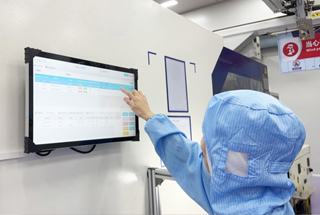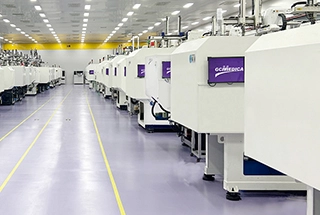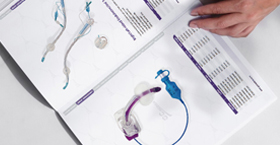Airway management is a cornerstone of safe anesthesia and surgical care. Proper selection and placement of an airway device ensure adequate ventilation, oxygenation, and protection against aspiration during surgery. Over the decades, numerous airway devices have been developed to address varying anatomical challenges, surgical positions, and clinical scenarios. The following overview highlights the main types of surgical airways, summarizes their key features in a comparative table, and concludes with guidance on selecting the most appropriate device.
| Airway Type | Description | Indications | Advantages | Limitations |
|---|---|---|---|---|
| Oral Endotracheal Tube (OETT) | A cuffed tube inserted through the mouth, passing through the vocal cords into the trachea. | General anesthesia; airway protection; positive-pressure ventilation. | Secure airway; excellent seal; allows suctioning and bronchoscopy. | Requires laryngoscopy; risk of dental injury; may provoke hemodynamic response. |
| Nasal Endotracheal Tube (NETT) | Similar to OETT but inserted through the nasal passage; guided via the nasopharynx into the trachea. | Facial trauma; maxillofacial surgery; anticipated difficult oral access. | More stable in certain head positions; avoids oral field. | Higher risk of epistaxis; limited tube size; contraindicated in basal skull fractures. |
| Laryngeal Mask Airway (LMA) | A supraglottic device that sits over the laryngeal inlet without entering the trachea, creating a low-pressure seal. | Short to moderate-duration surgeries; spontaneous or controlled ventilation; rescue airway. | Easy to insert; minimal cervical movement; less stimulation than ETT. | Less protection against aspiration; limited airway pressure (<20 cmH₂O); not ideal for prone position. |
| Supraglottic Airway (SGA) | Includes second-generation devices (e.g., ProSeal, i-gel) with gastric drainage ports and improved seals over classic LMAs. | Situations similar to LMA but requiring higher seal pressures or gastric drainage. | Better seal; reduced aspiration risk; easy insertion. | Still inferior to ETT for airway protection; size-dependent fit. |
| Rigid Bronchoscope | A metal tube with a side port for ventilation and instruments; requires suspension and specialized ventilation techniques. | Airway tumors; foreign-body removal; stenting; laser surgery. | Direct surgical access; excellent suction and instrumentation. | Requires deep anesthesia; cervical extension; risk of barotrauma; specialized skills and equipment. |
| Fiber‑optic Intubation (FOI) | Use of a flexible bronchoscope to guide an endotracheal tube through challenging anatomy under direct vision. | Predicted difficult airway; cervical spine instability; limited mouth opening. | Minimizes neck movement; highly visualized placement; can be done awake. | Requires patient cooperation; secretions/blood obscure view; time-consuming; specialized training. |
| Surgical Tracheostomy | Creation of a stoma in the anterior neck directly into the trachea, followed by placement of a tracheostomy tube. | Prolonged ventilation; upper airway obstruction; head and neck surgery. | Definitive long‑term airway; comfortable for prolonged ventilation; easier suctioning. | Invasive; surgical risks (bleeding, infection); requires postoperative care. |
| Cricothyrotomy | Emergency procedure creating an airway through the cricothyroid membrane using a small bougie‑guided tube or scalpel‑bougie technique. | Cannot intubate/cannot ventilate scenarios; facial/maxillofacial trauma emergencies. | Rapid; minimal equipment; life‑saving in emergencies. | Temporary; risk of subglottic stenosis; limited tube sizes; surgical expertise required. |
Following the table, important considerations include:
Patient factors: Anatomical anomalies (e.g., micrognathia), obesity, cervical spine mobility, and aspiration risk will heavily influence device choice.
Surgical requirements: Procedures involving the head and neck, shared airway cases, or positions such as prone or steep Trendelenburg necessitate secure devices (e.g., OETT, NETT) or specialized techniques (e.g., flexible fiber‑optic guidance).
Provider expertise and equipment availability: Fiber‑optic intubation and rigid bronchoscopy require specialized training and devices, whereas LMAs and SGAs are more universally accessible and quicker to deploy.
Duration of ventilation: For operations expected to require postoperative mechanical ventilation, early tracheostomy may improve patient comfort and reduce airway trauma.
Effective airway management in surgery demands familiarity with a spectrum of devices, each tailored to specific clinical scenarios. Oral and nasal endotracheal tubes remain the gold standard for most general anesthesia cases, providing secure airway control and protection against aspiration. Supraglottic devices offer rapid, less invasive alternatives for shorter or lower‑risk procedures. Advanced techniques such as fiber‑optic intubation and rigid bronchoscopy serve critical roles in difficult‑airway management and airway surgery, while surgical tracheostomy and cricothyrotomy are reserved for prolonged ventilation or emergency “cannot intubate, cannot ventilate” situations. By aligning patient characteristics, surgical needs, and provider skill sets with the strengths and limitations of each airway type, clinicians can optimize perioperative safety and outcomes.


 Français
Français Español
Español Products
Products

 About Us
About Us











